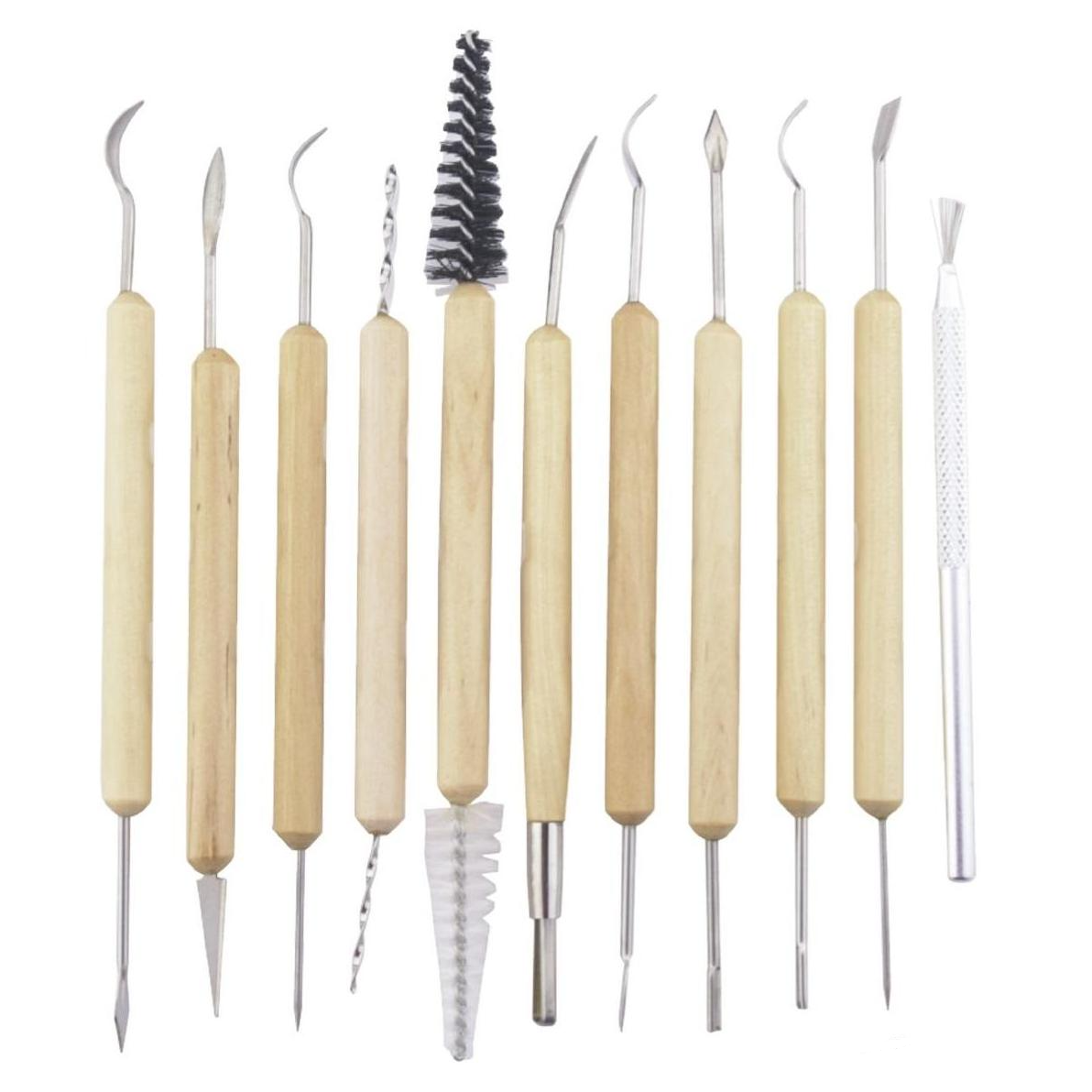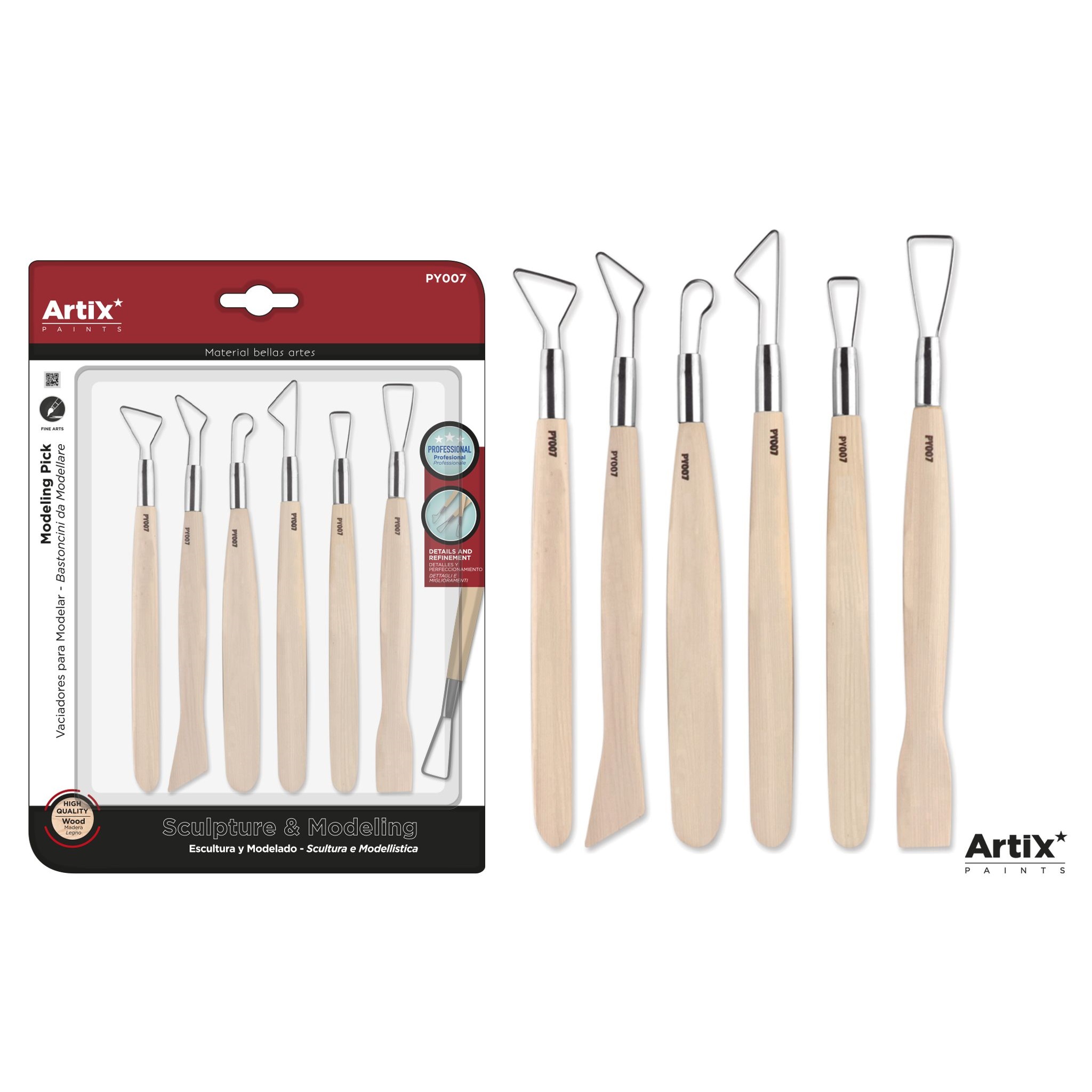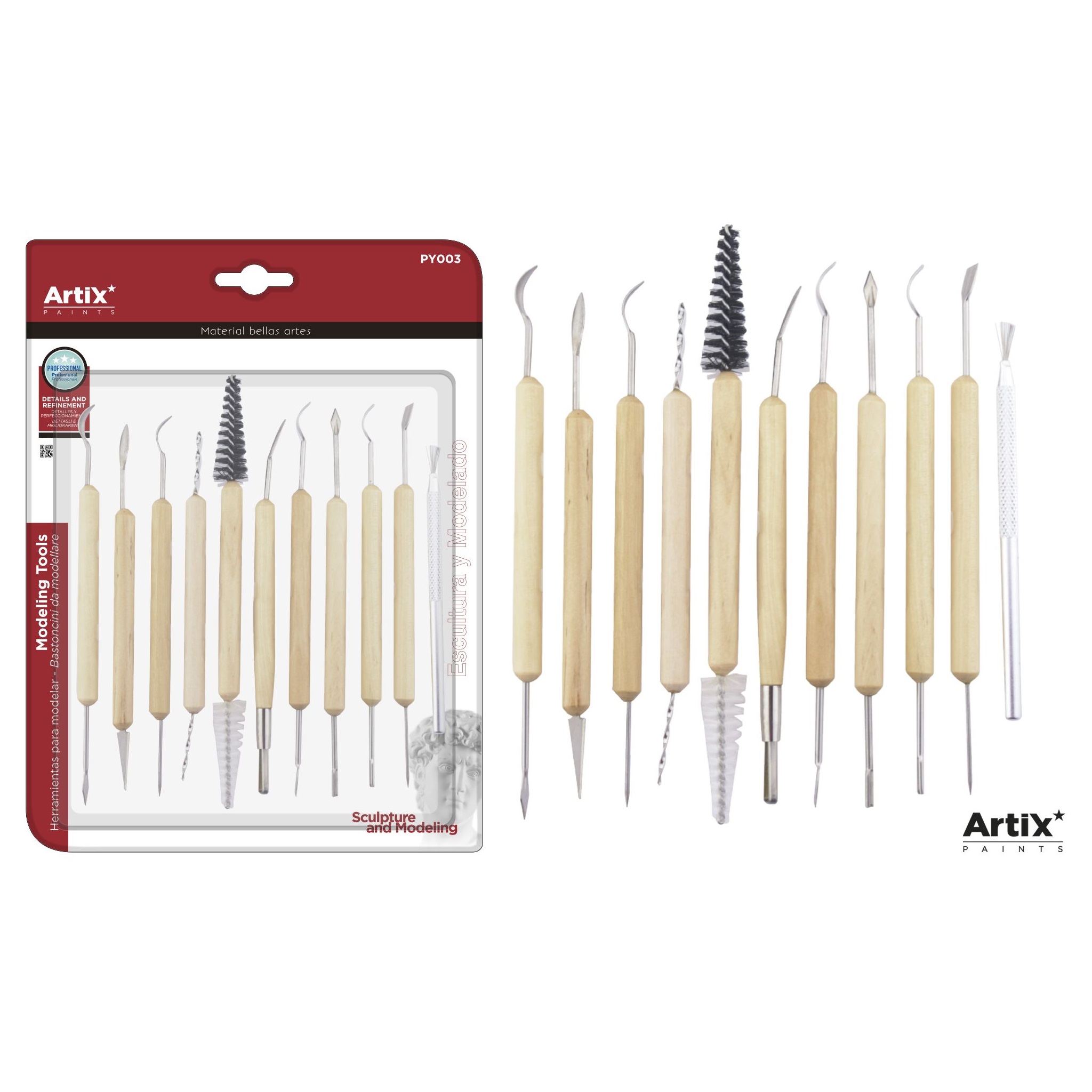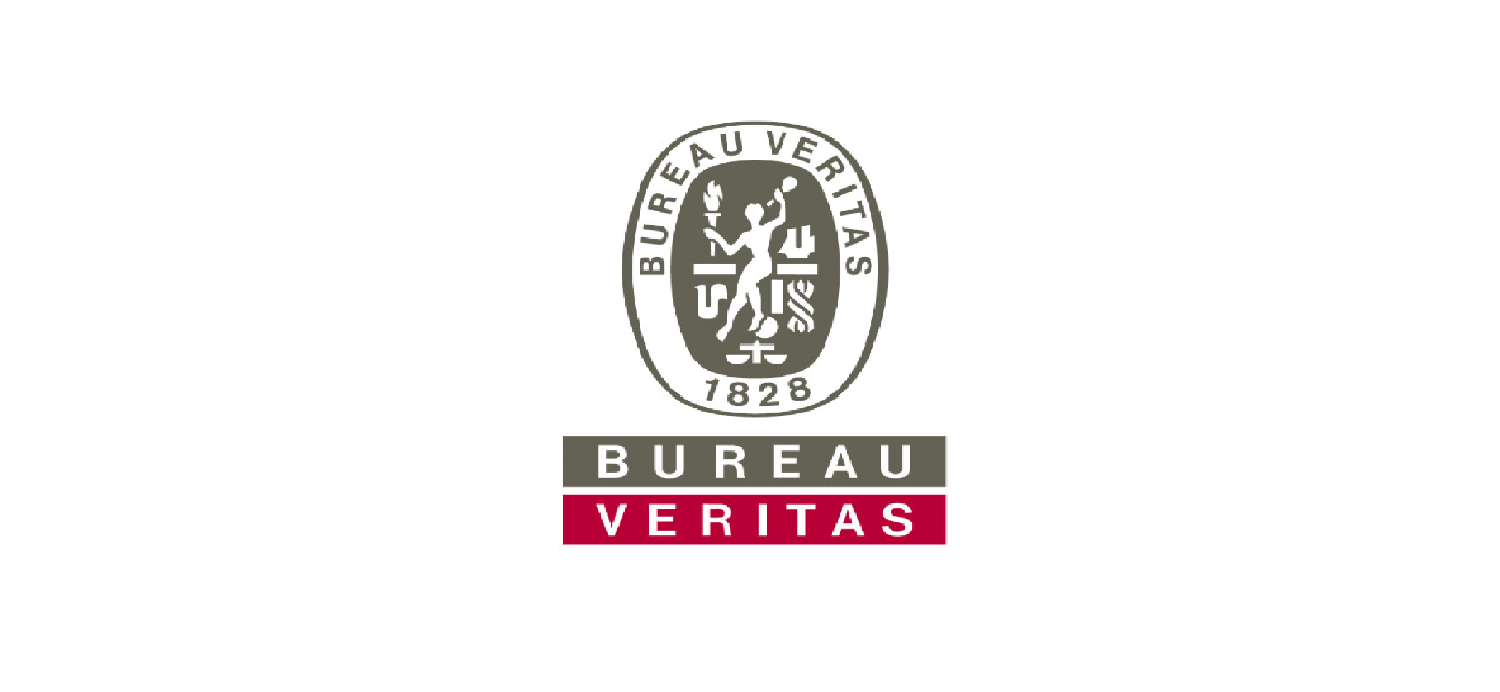How to Master Precision Detailing with Art Modeling Tool Sets

Precision detailing in art modeling transforms your creative projects into masterpieces. It allows you to capture intricate details that elevate your work from ordinary to extraordinary. An art modeling tool set becomes your essential companion in this journey. These tools enable you to achieve the fine details necessary for professional results. Mastering these tools enhances your artistic skills, allowing you to express your vision with clarity and precision. As you become proficient, you will notice a significant improvement in the quality and detail of your creations.
Key Takeaways
- Precision detailing transforms your art projects into masterpieces by capturing intricate details.
- Familiarize yourself with the different types of tools in your art modeling set: cutting, smoothing, and detailing tools, each serving a unique purpose.
- Maintain a clean and organized workspace to enhance focus and precision during your detailing process.
- Practice steady hand techniques to improve control and accuracy; consider exercises that build muscle memory.
- Use reference materials to guide your detailing work, helping you achieve greater accuracy and inspiration.
- Regularly maintain your tools by cleaning and checking for wear to ensure optimal performance and longevity.
- Join art communities for feedback and support, which can help you refine your skills and stay motivated.
Understanding Art Modeling Tool Sets

Art modeling tool sets are essential for achieving precision in your creative projects. These sets contain a variety of tools, each designed for specific tasks. Understanding the types of tools and their uses will enhance your ability to create detailed and professional work.
Types of Tools
Cutting and Carving Tools
Cutting and carving tools are fundamental in any art modeling tool set. You use these tools to shape and define the basic structure of your model. They allow you to remove excess material and carve intricate designs. These tools often come with sharp edges, so handle them with care to achieve clean cuts and precise carvings.
Smoothing and Shaping Tools
Smoothing and shaping tools help refine the surface of your model. You use them to eliminate rough edges and create smooth transitions between different parts of your work. These tools are perfect for rounding corners and achieving a polished finish. They are essential for giving your model a professional appearance.
Detailing and Texturing Tools
Detailing and texturing tools are crucial for adding intricate details to your model. You use these tools to create textures and patterns that bring your work to life. They allow you to add depth and dimension, making your model more realistic and engaging. These tools are indispensable for artists who want to achieve high levels of detail.
Specific Uses of Each Tool
When to Use Each Tool
Knowing when to use each tool in your art modeling tool set is vital for achieving the best results. Cutting and carving tools are ideal for the initial stages of your project when you need to define the basic shape. Smoothing and shaping tools come into play as you refine the model’s surface. Detailing and texturing tools are best used in the final stages to add intricate details and textures.
Tool Maintenance and Care
Proper maintenance and care of your art modeling tool set ensure longevity and optimal performance. Clean your tools after each use to prevent residue buildup. Store them in a dry place to avoid rust and damage. Regularly check for wear and tear, and sharpen or replace tools as needed. Taking care of your tools will help you maintain precision in your work.
Techniques for Precision Detailing

Mastering precision detailing requires a combination of the right techniques and tools. This section will guide you through essential steps and tips to enhance your detailing skills.
Step-by-Step Guidance
Preparing Your Workspace
A well-organized workspace sets the foundation for precision detailing. Ensure your area is clean and free from distractions. Arrange your art modeling tool set within easy reach. Good lighting is crucial. It helps you see fine details clearly. Consider using a magnifying lamp for intricate work. A comfortable chair and table height will also support steady hand movements.
Selecting the Right Tools for the Job
Choosing the appropriate tools from your art modeling tool set is vital. Identify the specific task at hand. For cutting and carving, select sharp-edged tools. For smoothing, opt for tools with rounded edges. Detailing requires fine-tipped instruments. Match the tool to the material you are working with. This ensures optimal results and prevents damage to your model.
Applying Techniques for Fine Detailing
Begin with a light touch. Gradually increase pressure as needed. Use short, controlled strokes for precision. Rotate your model to access different angles. This helps maintain consistency in your detailing. Take breaks to assess your progress. Adjust your technique if necessary. Patience is key. Rushing can lead to mistakes.
Tips for Achieving Precision
Practicing Steady Hand Techniques
A steady hand is crucial for precision. Practice exercises that improve hand control. Draw straight lines and circles on paper. Gradually reduce their size. This builds muscle memory. Use your non-dominant hand to stabilize your dominant hand. Rest your elbows on the table for additional support. Consistent practice will enhance your control over time.
Using Reference Materials
Reference materials provide guidance and inspiration. Study photographs or real-life objects related to your project. Observe the details and textures. Use these observations to inform your detailing work. Keep reference images nearby as you work. They serve as a visual guide and help maintain accuracy in your detailing.
Overcoming Common Challenges
Precision detailing with an art modeling tool set can present challenges. You may encounter issues that affect the quality of your work. Understanding these challenges and learning how to overcome them will improve your skills and results.
Troubleshooting Common Issues
Dealing with Tool Slippage
Tool slippage occurs when your tool moves unexpectedly. This can damage your model. To prevent slippage, maintain a firm grip on your tool. Ensure your workspace is stable. Use non-slip mats to keep your model in place. If slippage happens, stop immediately. Assess the damage and decide how to fix it. Sometimes, you can smooth out the area or incorporate the slip into your design.
Correcting Mistakes in Detailing
Mistakes in detailing are common. They can happen to anyone. When you make a mistake, stay calm. Evaluate the error. Determine if you can correct it by reshaping or smoothing the area. If the mistake is severe, consider starting over on that section. Practice patience and learn from each error. Over time, you will make fewer mistakes.
Solutions for Improving Precision
Enhancing Focus and Patience
Focus and patience are crucial for precision detailing. Minimize distractions in your workspace. Take regular breaks to avoid fatigue. Practice mindfulness techniques to improve concentration. Set small goals for each session. Celebrate your progress. Patience will help you achieve better results.
Adjusting Techniques for Better Results
Sometimes, you need to adjust your techniques. Experiment with different tools and methods. Observe how they affect your work. Seek feedback from other artists. Join art communities to learn new approaches. Continuous learning will enhance your skills. Adaptability is key to mastering precision detailing.
Advanced Tips for Mastering Precision Detailing
Experimenting with New Techniques
Exploring new techniques can elevate your precision detailing skills. You can discover innovative ways to enhance your art by experimenting with different methods.
Incorporating Mixed Media
Incorporating mixed media into your projects can add depth and interest. You can combine materials like clay, wood, and metal to create unique textures and effects. This approach allows you to push the boundaries of traditional art modeling. Experiment with different combinations to see what works best for your style. Mixed media can bring a fresh perspective to your work and inspire new ideas.
Exploring Advanced Tool Functions
Advanced tool functions offer opportunities for more intricate detailing. Many tools have features you might not have fully explored. Take time to learn about these functions and how they can improve your work. For example, some tools have adjustable blades or interchangeable tips. These features can help you achieve more precise cuts and textures. Experiment with these advanced functions to expand your skill set and enhance your art.
Encouraging Continuous Practice
Continuous practice is essential for mastering precision detailing. Regularly challenging yourself will lead to improvement and growth in your artistic abilities.
Setting Personal Challenges
Setting personal challenges can motivate you to practice regularly. You can create specific goals, such as completing a project within a certain timeframe or trying a new technique. These challenges keep you engaged and focused on improving your skills. As you achieve each goal, you’ll gain confidence and motivation to tackle more complex projects.
Joining Art Communities for Feedback
Joining art communities provides valuable feedback and support. You can share your work with others and receive constructive criticism. This feedback helps you identify areas for improvement and refine your techniques. Art communities also offer opportunities to learn from other artists. You can exchange ideas, discover new methods, and stay inspired. Engaging with a community can enhance your learning experience and foster your growth as an artist.
Precision detailing in art modeling plays a crucial role in transforming your creative projects into exceptional works of art. By applying the techniques and tips shared, you can enhance your skills and achieve professional results. Remember to practice regularly and experiment with your tools to discover new possibilities. As you continue to refine your craft, you’ll find that your ability to express your artistic vision with clarity and precision will grow. Keep pushing your boundaries and enjoy the journey of mastering precision detailing.
FAQ
What are the essential tools in an art modeling tool set?
An art modeling tool set typically includes cutting and carving tools, smoothing and shaping tools, and detailing and texturing tools. Each tool serves a specific purpose, helping you achieve precision in your art projects.
How do I maintain my art modeling tools?
You should clean your tools after each use to prevent residue buildup. Store them in a dry place to avoid rust. Regularly check for wear and tear, and sharpen or replace tools as needed to ensure they perform optimally.
What techniques can improve my precision detailing skills?
Focus on practicing steady hand techniques and using reference materials. A steady hand helps you control your tools better, while reference materials guide your detailing work. Consistent practice will enhance your skills over time.
How can I prevent tool slippage during detailing?
Maintain a firm grip on your tool and ensure your workspace is stable. Use non-slip mats to keep your model in place. If slippage occurs, stop immediately and assess the damage before proceeding.
What should I do if I make a mistake in my detailing work?
Stay calm and evaluate the error. You might correct it by reshaping or smoothing the area. If the mistake is severe, consider starting over on that section. Learn from each mistake to improve your skills.
How can I incorporate mixed media into my art modeling projects?
Experiment with combining materials like clay, wood, and metal. Mixed media adds depth and interest to your work. Try different combinations to see what complements your style and enhances your art.
Why is continuous practice important in mastering precision detailing?
Regular practice helps you refine your skills and grow as an artist. Set personal challenges to motivate yourself. As you achieve each goal, you’ll gain confidence and improve your abilities.
How can joining art communities benefit my artistic growth?
Art communities offer valuable feedback and support. Sharing your work with others provides constructive criticism, helping you identify areas for improvement. You can also learn new techniques and stay inspired by engaging with fellow artists.
What are some advanced tool functions I should explore?
Many tools have adjustable blades or interchangeable tips. These features allow for more precise cuts and textures. Take time to learn about these functions and experiment with them to expand your skill set.
How do I choose the right tools for a specific task?
Identify the task at hand and select tools accordingly. Use sharp-edged tools for cutting and carving, rounded edges for smoothing, and fine-tipped instruments for detailing. Matching the tool to the material ensures optimal results.
Post time: Dec-30-2024












